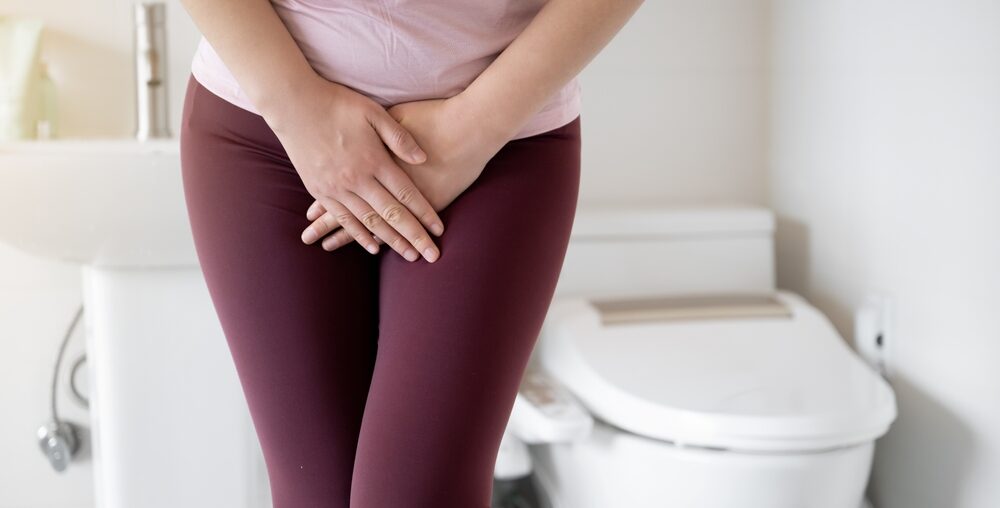Imagine being unable to laugh, sneeze, or even jog without fear of an accident, this is the reality for millions living with urinary incontinence, a condition often whispered about but rarely addressed openly. Far from being just an inconvenience, it can disrupt daily life, limit social interactions, and erode confidence. While it’s a common issue, the good news is that effective treatments and management strategies are available to reclaim control and improve quality of life.
This guide dives deep into the causes, types, and solutions for urinary incontinence in women, shedding light on a topic that deserves attention and understanding.
What Does It Feel Like?
Urinary incontinence in women often presents as an inability to control the bladder, leading to involuntary urine leakage. This can range from a few drops during a sneeze to a sudden, uncontrollable urge to urinate. Many describe it as a loss of bladder control that disrupts daily life, causing embarrassment and discomfort.
Common Experiences
- Stress incontinence: Leakage during physical activities such as laughing, coughing, or lifting
- Urge incontinence: A sudden, strong urge to urinate, often accompanied by leakage
- Overflow incontinence: Continuous urine leakage resulting from an overfilled bladder.
- Functional incontinence: Challenges in reaching the bathroom on time caused by physical or cognitive limitations.
- Mixed incontinence: A combination of the above types, often blending stress and urge incontinence
How Do You Know? Decoding the Signs
The signs can vary, but the key indicators include
- Frequent urination, sometimes up to eight or more times a day
- Waking multiple times during the night to urinate (nocturia)
- A strong, sudden urge to urinate that’s difficult to suppress
- Unpredictable urine leaks that occur without warning
However, If these symptoms interfere with daily activities or quality of life, it may indicate a more serious underlying issue.
Who Gets It?
Urinary incontinence is prevalent among women of all ages but becomes more common with advancing age. Studies suggest that nearly 1 in 4 women between the ages of 20 and 80 experience some form of incontinence, with numbers increasing significantly post-menopause.
Risk Factors
- Childbirth
- Menopause and incontinence
- Neurological disorders
- Chronic conditions
What Causes the Leak?
Urinary incontinence in women arises from a variety of physical and lifestyle factors such as:
- Pelvic floor muscle weakness: Commonly associated with childbirth or the natural aging process
- Bladder irritants: Alcohol, caffeine, spicy foods, and carbonated drinks
- Neurological disorders: Impaired communication between the brain and bladder
- Prostate enlargement (though rare in women, analogous pelvic conditions may play a role)
- Structural issues: Prolapse of the bladder or uterus
What Makes It Worse?
Certain habits and conditions exacerbate urinary incontinence in women
- Inconsistent hydration: Both excessive fluid intake and dehydration can strain the bladder
- Dietary triggers: Spicy foods, artificial sweeteners, and citrus
- Sedentary lifestyle: Weakens pelvic floor muscles over time
- Chronic coughing: From smoking or respiratory illnesses
Quick Tip:
Engaging in pelvic floor exercises, also known as Kegels, can strengthen the muscles responsible for bladder control and help mitigate symptoms.
How Is It Treated?
Treatment for urinary incontinence in women depends on its type and severity:
Non-Surgical Options
- Behavioral therapies: Bladder training and timed voiding
- Pelvic floor exercises: Proven effective for stress and mixed incontinence
- Medications: Anticholinergics for urge incontinence or hormonal therapy post-menopause
Advanced Interventions
- Injections: Botox to calm overactive bladder muscles
- Surgical treatments: Sling procedures or bladder neck suspension
Is It Dangerous?
While urinary incontinence in women itself is not life-threatening, it can lead to complications such as:
- Skin irritation: Prolonged exposure to urine
- Urinary tract infections (UTIs): Increased risk due to incomplete bladder emptying
- Emotional distress: Anxiety, depression, and social withdrawal
Does It Ever Go Away?
For many, especially those with stress or urge incontinence, consistent treatment can significantly reduce or even eliminate symptoms. In cases of overflow or functional incontinence, managing underlying conditions often leads to improvement.
When to Speak Up?
It’s advisable to seek medical attention when:
- Urinary leakage disrupts daily life
- There’s pain or blood during urination
- Symptoms worsen despite lifestyle changes
Early diagnosis enables effective management, reducing the risk of complications
Revive Research Institute: Shaping the Future of Incontinence Care
At Revive Research Institute, we are committed to advancing the understanding and treatment of urinary incontinence in women. Our ongoing clinical trials focus on:
- Assessing the effectiveness of innovative medications for managing stress incontinence
- Investigating the role of regenerative therapies in pelvic floor repair
- Assessing minimally invasive techniques for long-term relief
Dr Mona Fakih, M.D. from Revive Research Institute believes that:
“Urinary incontinence in women is not just a physical condition; it’s a barrier to their confidence and quality of life. Our research aims to provide women with innovative, science-backed solutions.”
Read Also: How Urinary Incontinence Affects Sleep and What You Can Do About It
Conclusion
Urinary incontinence in women is a condition that affects far more than just physical health, it influences emotional well-being, daily routines, and overall quality of life. While it’s common, it should never be considered normal or something to simply endure. The good news is that with advances in medical research, treatment options are better than ever, offering hope and solutions for women of all ages.




